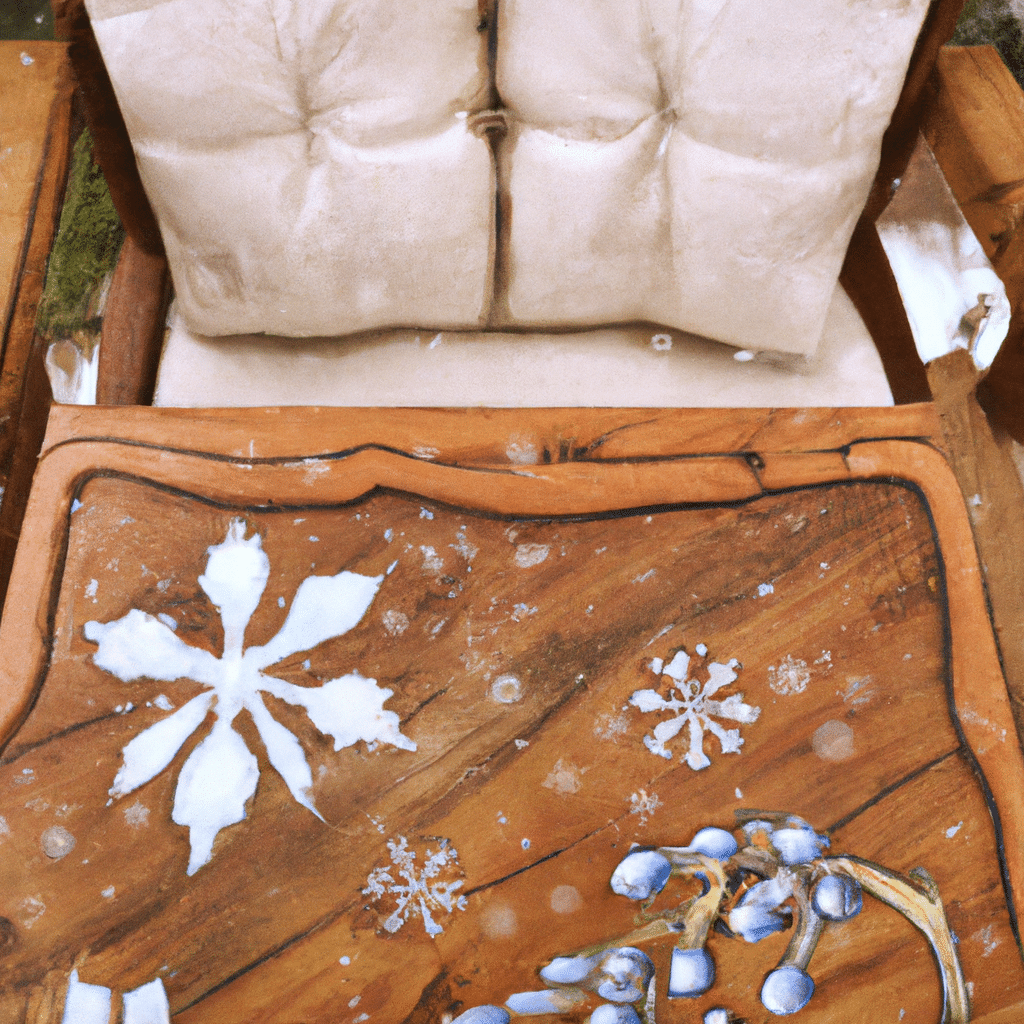Welcome to our comprehensive guide on seasonal maintenance for real wood furniture. As the seasons change, it is important to take proactive steps to protect and preserve your cherished pieces. In this article, we will share valuable insights and expert tips to ensure that your real wood furniture remains in pristine condition throughout the year, regardless of the weather conditions. From understanding the impact of different seasons on wood furniture to implementing effective maintenance routines, we’ve got you covered. Let’s dive in!

Understanding the Impact of Seasons on Wood Furniture
Real wood furniture is a beautiful addition to any space, but it is also susceptible to the effects of different seasons. Changes in temperature, humidity, and moisture levels can cause wood to expand, contract, warp, or even crack. It is essential to be aware of these factors to prevent any potential damage.
Spring: Embrace the Transition
As nature awakens during spring, so should your attention to your real wood furniture. During this season, the temperature tends to fluctuate, and humidity levels start to rise. To protect your furniture, consider the following steps:
- Inspect and Clean: Begin by inspecting your furniture for any signs of damage or wear. Look out for loose joints, scratches, or dents. Clean the surface with a soft cloth or brush, removing any dirt or dust that may have accumulated.
- Apply Protective Finish: Consider applying a fresh coat of protective finish to rejuvenate the wood’s natural beauty and shield it from potential moisture damage. Choose a finish that is suitable for your furniture’s specific wood type.
Summer: Shield from Heat and Humidity
The summer months bring intense heat and high humidity, which can pose challenges for your real wood furniture. To ensure its longevity, follow these summer maintenance tips:
- Keep Away from Direct Sunlight: Position your furniture away from direct sunlight, as prolonged exposure can cause fading and discoloration. Use curtains or blinds to block out harsh UV rays.
- Control Indoor Humidity: Invest in a dehumidifier to maintain optimal humidity levels indoors. Excessive moisture can lead to warping or cracking of the wood. Keep the humidity between 40-45% for ideal conditions.
Fall: Prepare for Temperature Changes
As the leaves change color and temperatures drop, it’s time to prepare your wood furniture for the impending cold weather. Here’s how you can protect your furniture during the fall season:
- Monitor Temperature and Humidity: Fluctuations in temperature and humidity can cause the wood to expand and contract. Install a hygrometer to monitor these changes and make adjustments as necessary.
- Use Humidifiers: As heaters are turned on, the air tends to become dry. Counteract this by using a humidifier to maintain a consistent humidity level, ideally between 40-45%.
Winter: Shield Against the Cold
Winter brings frigid temperatures and low humidity, which can be detrimental to real wood furniture. Take the following precautions to safeguard your furniture during this season:
- Avoid Extreme Temperature Changes: Keep your furniture away from direct heat sources such as radiators or fireplaces. Sudden temperature changes can cause the wood to crack or warp.
- Use Moisture Absorbents: Place moisture-absorbent materials, such as silica gel packets or charcoal, near your furniture to prevent excessive dryness. These materials help maintain a balanced moisture level.
Implementing Effective Maintenance Routines
Now that you understand the impact of different seasons on your real wood furniture, let’s delve into some practical maintenance routines to keep it in top shape throughout the year.
Regular Dusting and Cleaning
Dust and dirt can gradually accumulate on the surface of your furniture, leading to scratches and a dull appearance. Follow these steps to maintain its cleanliness:
- Dust Regularly: Use a soft, lint-free cloth or a microfiber duster to remove dust from your furniture. Avoid using abrasive materials that can scratch the wood.
- Gentle Cleaning: For routine cleaning, dampen a soft cloth with a mild wood cleaner or a mixture of mild soap and water. Gently wipe the surface, ensuring not to saturate the wood.
Polishing and Conditioning
Polishing your wood furniture helps restore its natural shine and protects it from drying out. Here’s how you can do it effectively:
- Choose the Right Polish: Select a high-quality wood polish that is suitable for your furniture’s finish. Avoid silicone-based polishes as they can create a greasy residue.
- Apply in Circular Motions: Use a soft cloth to apply the polish, working it into the wood in circular motions. Follow the manufacturer’s instructions for best results.
Repairing and Restoring
Over time, real wood furniture may experience minor damages or wear. Here are some tips for repairing and restoring its beauty:
- Repair Scratches: For minor scratches, use a touch-up marker or a matching crayon to fill in the damaged area. Gently buff the surface with a soft cloth to blend the repair.
- Restoring Finish: If the finish of your furniture has worn off, consider refinishing it. This process involves sanding, staining, and applying a new protective finish. Seek professional assistance for complex restorations.
Conclusion
Preserving real wood furniture requires a proactive approach to seasonal maintenance. By understanding the impact of different seasons, implementing effective routines, and taking necessary precautions, you can ensure that your furniture remains in impeccable condition for years to come. Remember to inspect, clean, and protect your furniture as the seasons change, and regularly maintain its cleanliness and shine. With these tips and tricks, you can enjoy the timeless beauty of real wood furniture throughout every season.








